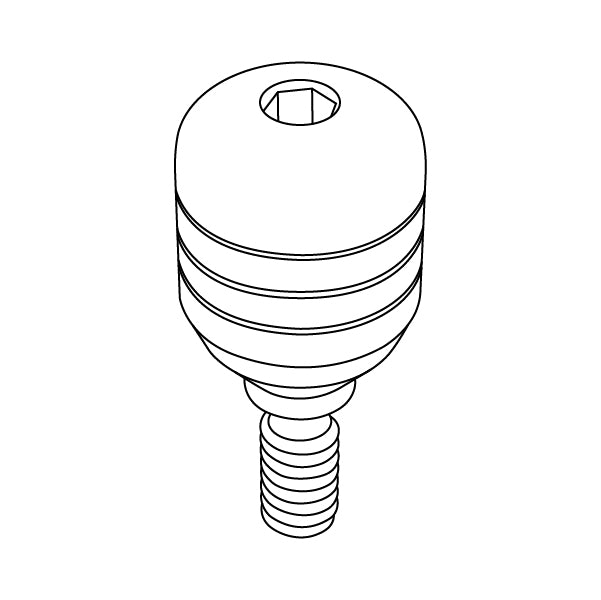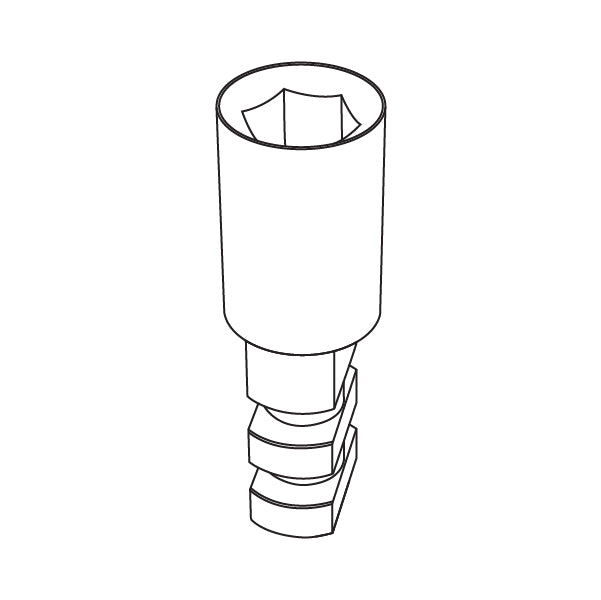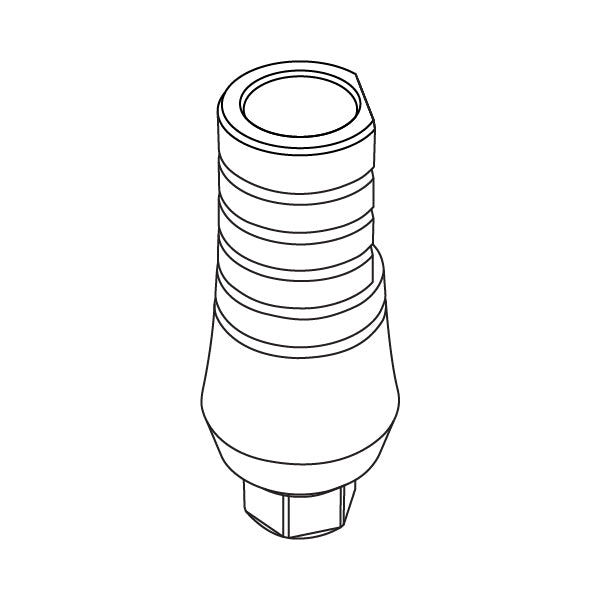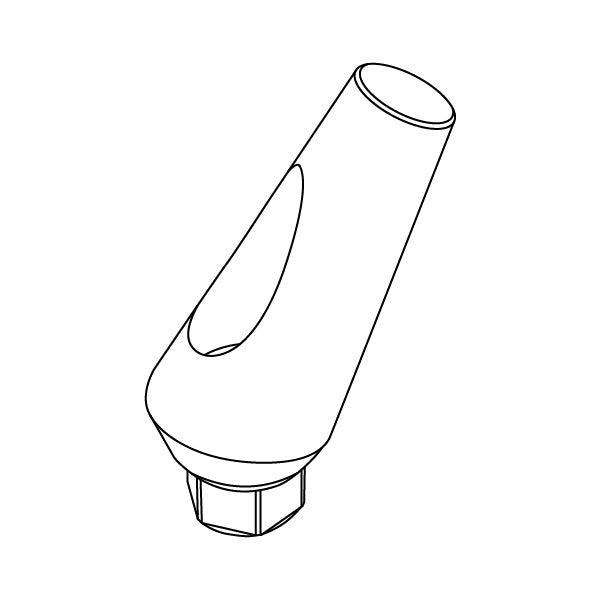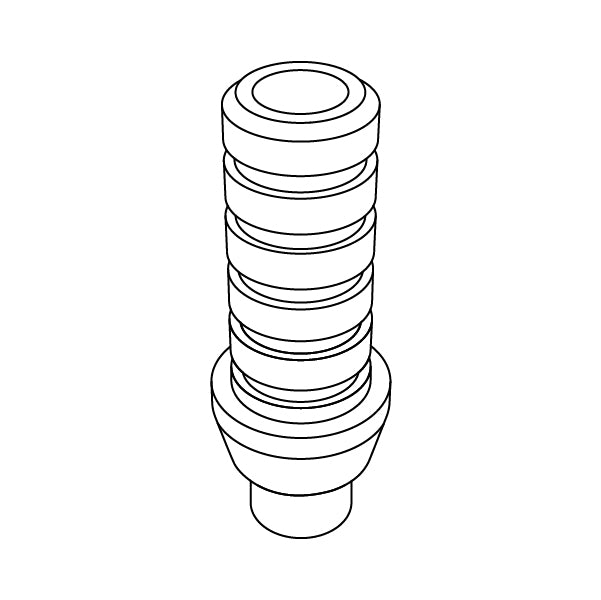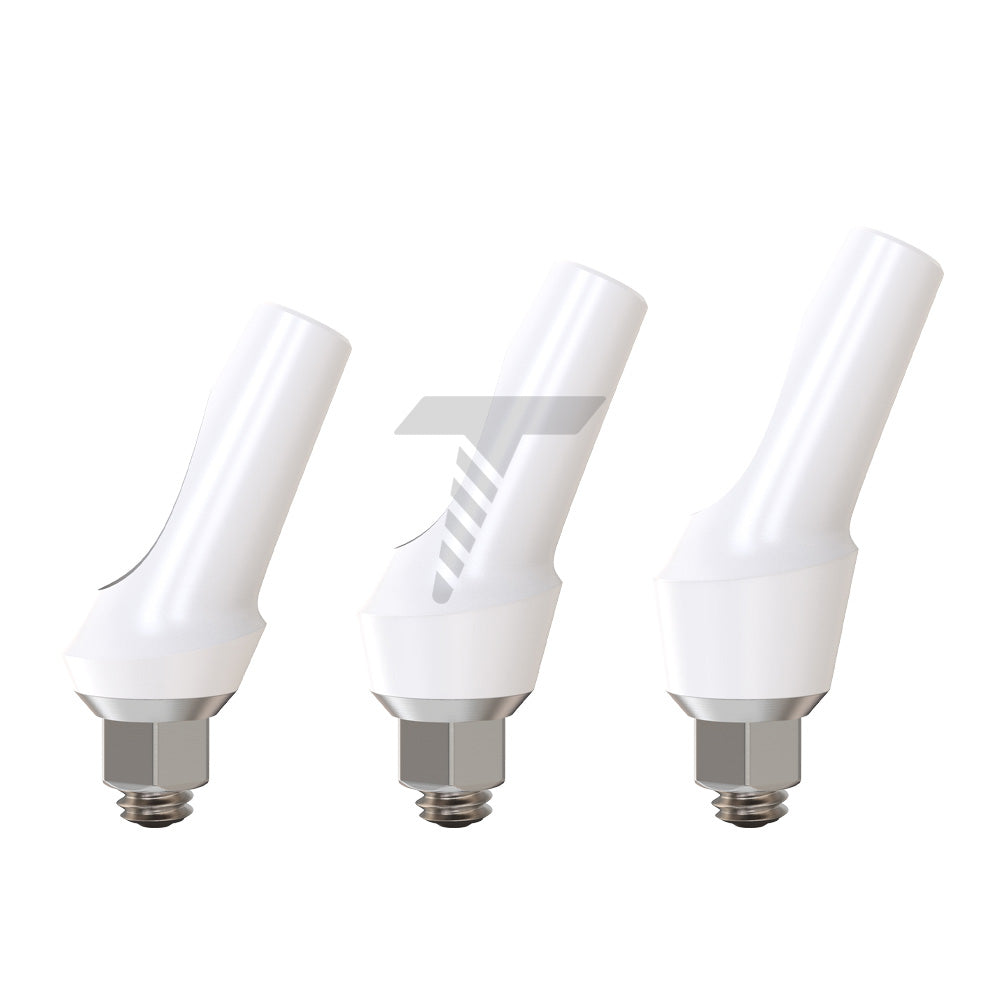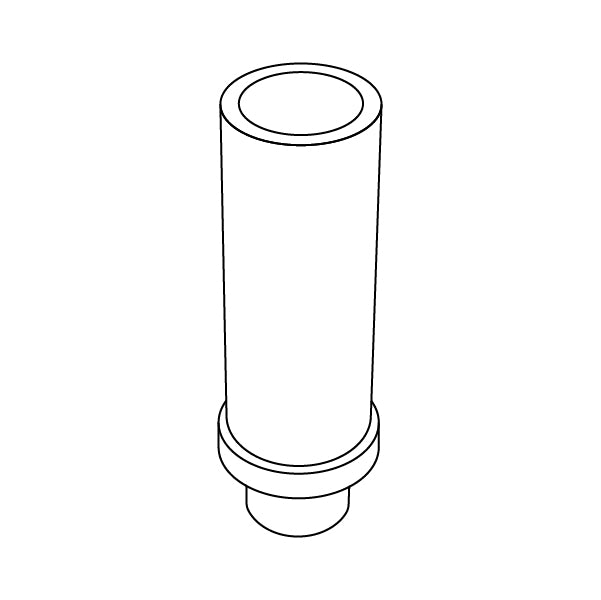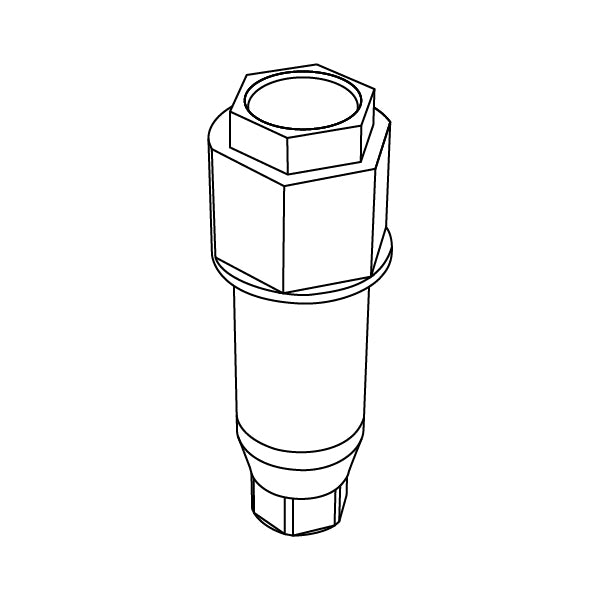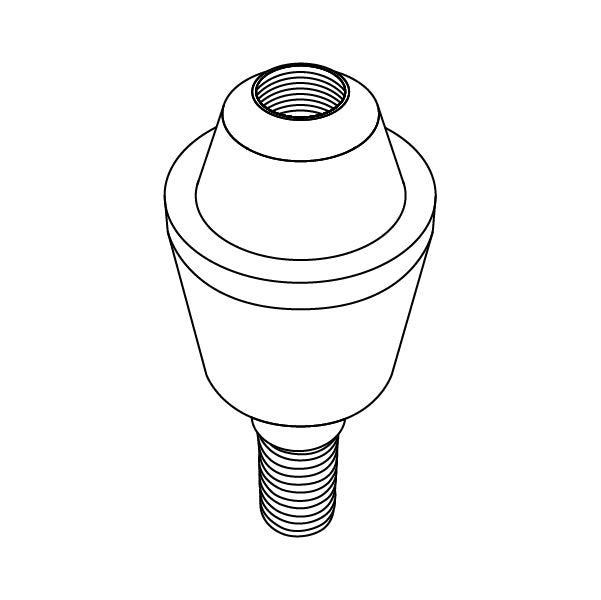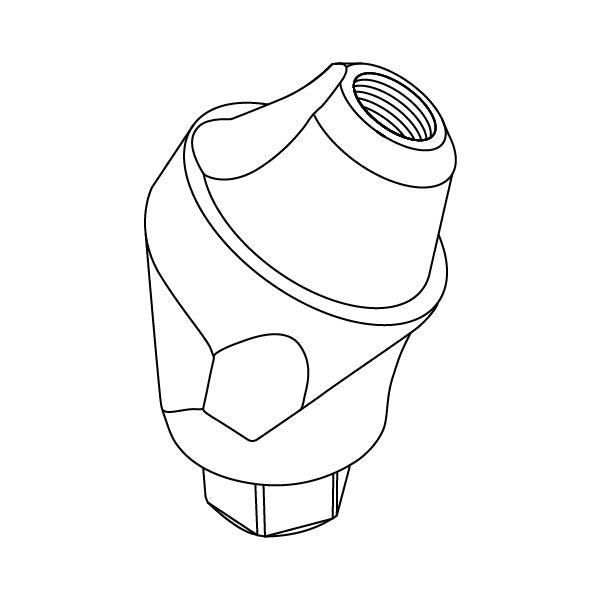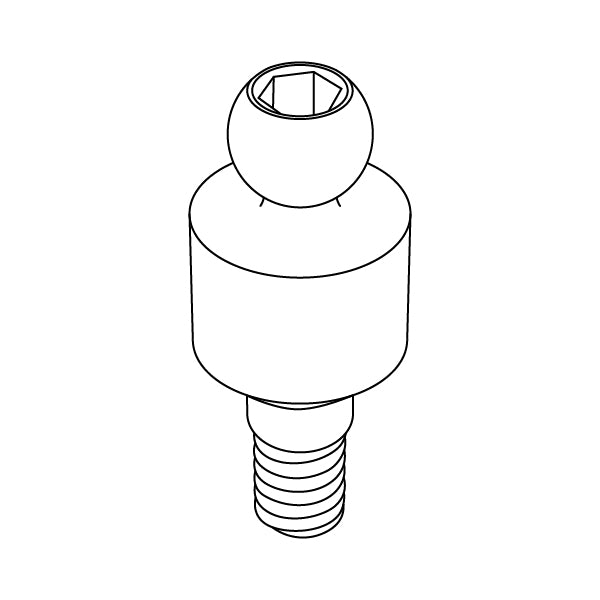Click attachments are a removable denture attachments system that provides a secure and stable connection between a denture and dental implants.
They consist of two components, a silicone cap component, which is placed on the implant and a metal cap component, which is placed on the denture.
The two components are locked ("click") together, creating a secure connection.
Available in different designs and connections such as Straight, 18°, and 30°, and made of Titanium grade 5 (TI-6AL-4V ELI), they are commonly used for patients who have lost all of their teeth and need a removable denture and want added stability provided by the dental implants.
They can be used for different types of dentures and are a popular choice among dentists for the ease of use and stability they provide.
Login / Sign-Up
My account
New customer? Create your account
Lost password? Recover password
Remembered your password?

